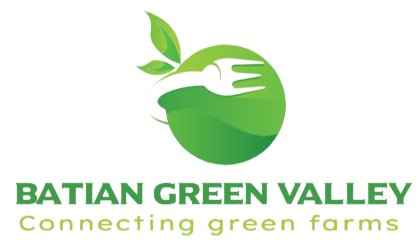How to grow cabbages
Cabbage growing is a short-season venture with high returns, especially during the dry season. Cabbage is a member of the Brassica family. Cabbages are rich in vitamins like C and A plus minerals like iron and can be used in a variety of dishes. They have demand in all seasons. Due to their perishable nature production needs to be consistent since they cannot store for long.
Climate range
Cabbage does well under cool moist conditions.
- Altitude: cabbages grow well in altitudes between 700 meters – 2200 meters.
- Soil: they prefer a PH range of 6.0 – 6.5 and high amounts of organic matter and well-drained soils
- Temperatures: Recommended growing temperatures are between 16 -20 degrees Celsius
- Rainfall: well-distributed rainfall of 1500 millimeters per year for rainfed farming. In dry seasons irrigation should be done.
Common cabbage varieties in Kenya
Cabbage varieties vary based on head size, taste, maturity periods, compaction levels, and color among others. One should conduct market research and select the best variety to grow depending on the target market. Common varieties include Pretoria F1, Copenhagen market, Pruckor F1, Gloria F1, Quisor F1, Queen F1, BarakaF1, Kiboko F1 Riana F1, Blue dynastyF1, Amigo F1, Globemaster among others.
How to grow cabbage
Start your cabbage in a nursery. Make raised beds about 1 meter wide and a convenient length. Apply well-decomposed manure and work well into the soil.
Make drills 3 centimeters deep and 20 centimeters apart by hand. Sow thinly and cover lightly with soil.
Water with care once or twice daily and cover with Mulch to shade the bed.
Gradually thin out the shade and decrease the frequency of watering in order to harden the seedlings
Transplant seedlings after 30 days when they have 4 true leaves. Transplant early in the morning or late evening.
The spacing in the field should be 60 centimeters by 60 centimeters. Dig a small hole and put 5gramso of planting fertilizer and mix with a hand full of well-decomposed manure.
Water regularly.
You can drench with an insecticide to stop early pest infestation.

Cabbage management
Control weeds early to prevent competition for nutrients and harboring of pests.
2 weeks after transplanting top dress with a nitrogenous fertilizer to encourage leaves formation
Control pests and diseases early, common pests that attack cabbage are
- Cutworms – These are black caterpillars common at the early stage of plant growth. They cut the stems at the ground level causing plant fall. Spray the plants at transplanting with an appropriate insecticide to control cutworms.
- Aphids – They are small green or yellow-like insects found on the leaves of vegetables they suck the sap from plants and also transmit and carry diseases from one plant to another.
- Whiteflies – These are small white insects found below the leaf surface. They suck sap from the cabbage.
- Sawflies, black diamond moths, and caterpillars – come in black, and pale green colours. Their larvae stage is very destructive. They feed on leaves causing heavy defoliation. They can chaos 100% crop loss if not controlled. Spray with appropriate insecticide and do regular scouting.
Diseases
Damping off – it’s an early soil-borne disease that causes seedlings to dry up while still in the nursery. The disease is managed by drenching with appropriate fungicide while in the nursery and when transplanting.
Black rot – It’s a bacteria in the soil that can cause total loss of the crop if not managed. Common when the temperatures are high and soils are humid. Signs include yellow-brown leaf margins at the early stage of an attack. Later the heads turn black, and soft and start to rot with a characteristic black smell. To manage, remove and destroy infected crop residues, use certified seeds and tolerant varieties. Use appropriate fungicides.
Downey mildew – It’s a characteristic fungal growth below the leaves which later produces brown spots on the upper side of the leaves. It starts as early as in the nursery and extends t all stages of the crop if not well managed. To control practice crop rotation, good nursery hygiene, and use of appropriate fungicides.
Harvesting
Cabbage is ready for harvest when the head is firm and has reached its full size. The heads should be cut at the base leaving the outer leaves to keep it fresh during transportation.
